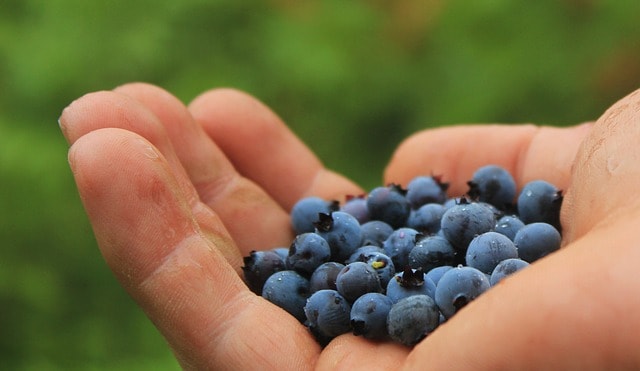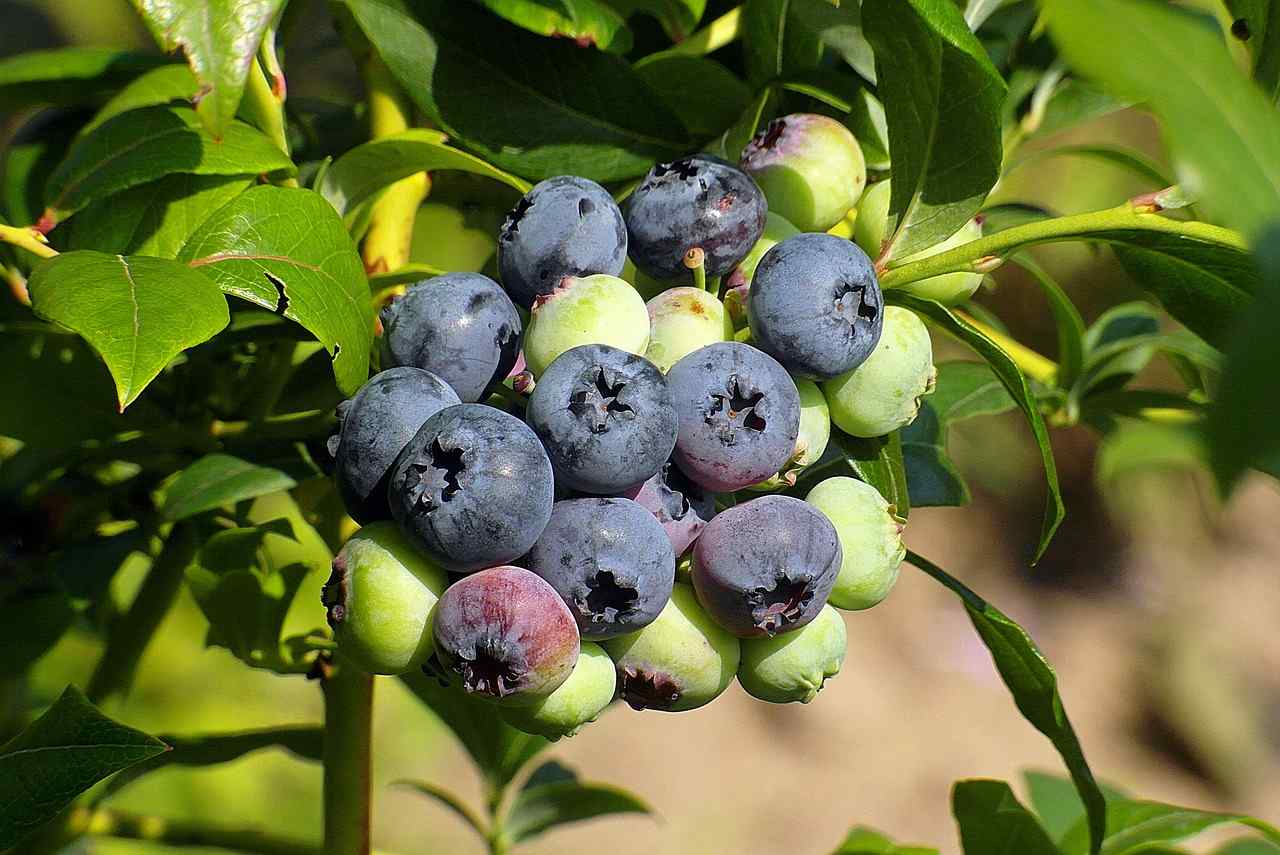This guide will provide you with all the essential information on effective methods, tips, and best practices for propagating blueberry plants.
Understanding Blueberry Plants

Before embarking on the propagation journey, it’s important to have a basic understanding of blueberry plants.
There are several species of blueberry, with the most common in North America being the highbush blueberry (Vaccinium corymbosum), lowbush blueberry (Vaccinium angustifolium), and rabbiteye blueberry (Vaccinium ashei).
Each of these types has its own growing requirements, but generally, blueberries thrive in acidic soil with a pH between 4.5 and 5.5, plenty of sun, and regular moisture.
Methods of Propagation
There are three primary methods for propagating blueberry plants: cuttings, layering, and seeds. Each method has its pros and cons, so consider what’s best for your gardening goals.
Cuttings
One of the most popular ways to propagate blueberries is through stem cuttings. This method is relatively easy and can lead to fast results.Steps for Propagating with Cuttings:
Select the Right Time: Early summer is the best time to take cuttings, particularly when the new growth is still soft.
Choose Healthy Plants: Look for healthy, disease-free plants and select a strong stem from this year’s growth.
Gather Supplies: You will need pruning shears, rooting hormone, pots with potting mix, and a plastic bag or humidity dome.
Take Cuttings: Cut a 4- to 6-inch section from the top of the stem, ensuring it has at least two or three leaf nodes.
Prepare Cuttings: Remove the lower leaves and dip the cut end in rooting hormone to encourage root growth.
Plant the Cuttings: Place the cuttings in the potting mix, leaving a couple of inches above the soil. Water well and cover with a plastic bag or humidity dome to maintain moisture.
Care for the Cuttings: Keep the soil moist and place them in a bright area out of direct sunlight. Roots should develop in about 4 to 8 weeks.
Layering
Layering is another effective way to propagate blueberries. This method works well for low-growing varieties.Steps for Propagating with Layering:
Choose a Stem: Identify a low-growing stem that is flexible and healthy.
Bend the Stem: Gently bend the selected stem down to the ground and make a small cut or wound on the underside of the stem to encourage rooting.
Cover with Soil: Bury the wounded section of the stem under the soil, leaving the tip exposed. You can secure it in place using a rock or a stake.
Water and Maintain: Water the covered area regularly to keep it moist. In a few months, roots will develop, and you can sever the new plant from the parent once it has established roots.
Seeds
Growing blueberries from seeds can be more challenging and time-consuming, but it is possible.Steps for Propagating with Seeds:
Harvest Seeds: Collect seeds from mature blueberries, ensuring they are clean and dry.
Stratify Seeds: Blueberries require cold stratification. Place the seeds in a damp paper towel, seal it in a plastic bag, and keep it in the refrigerator for 60 to 90 days.
Plant Seeds: After stratification, plant the seeds in pots with seedling mix. Keep them indoors or in a greenhouse until they germinate.
Transplant Seedlings: Once seedlings are large enough and have developed several leaves, they can be transplanted into larger containers or directly into the garden.
Best Practices for Successful Propagation

Choose the Right Environment: Blueberries prefer acidic, well-draining soil and should receive full sunlight. Ensure they are protected from extreme weather conditions during propagation.
Maintain Proper Moisture: Whether using cuttings, layering, or seeds, maintaining consistent moisture levels is crucial. Overwatering can lead to root rot, while underwatering can stress the new plants.
Use Quality Soil: A quality potting mix designed for acid-loving plants can provide the right nutrients and pH balance for successful root development.
Monitor for Pests and Diseases: Keep an eye out for any signs of pests or diseases. Healthy plants will be more resilient during propagation.





